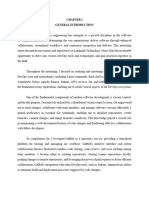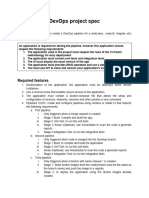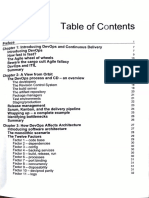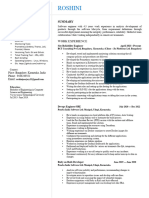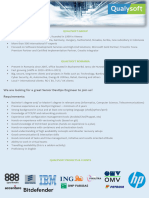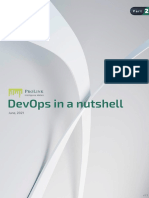0% found this document useful (0 votes)
23 views3 pagesSome General Interview Questions
The project focuses on transitioning multiple Java-based applications into a streamlined CI/CD pipeline using tools like Jenkins and AWS CodeDeploy. Responsibilities include managing deployments, integrating Jira with Jenkins, and implementing DevOps metrics, while employing various deployment strategies and monitoring tools. The document also outlines day-to-day activities, branching strategies, and common reasons for production build failures in CI/CD processes.
Uploaded by
venkateswara shivaCopyright
© © All Rights Reserved
We take content rights seriously. If you suspect this is your content, claim it here.
Available Formats
Download as TXT, PDF, TXT or read online on Scribd
0% found this document useful (0 votes)
23 views3 pagesSome General Interview Questions
The project focuses on transitioning multiple Java-based applications into a streamlined CI/CD pipeline using tools like Jenkins and AWS CodeDeploy. Responsibilities include managing deployments, integrating Jira with Jenkins, and implementing DevOps metrics, while employing various deployment strategies and monitoring tools. The document also outlines day-to-day activities, branching strategies, and common reasons for production build failures in CI/CD processes.
Uploaded by
venkateswara shivaCopyright
© © All Rights Reserved
We take content rights seriously. If you suspect this is your content, claim it here.
Available Formats
Download as TXT, PDF, TXT or read online on Scribd
/ 3














